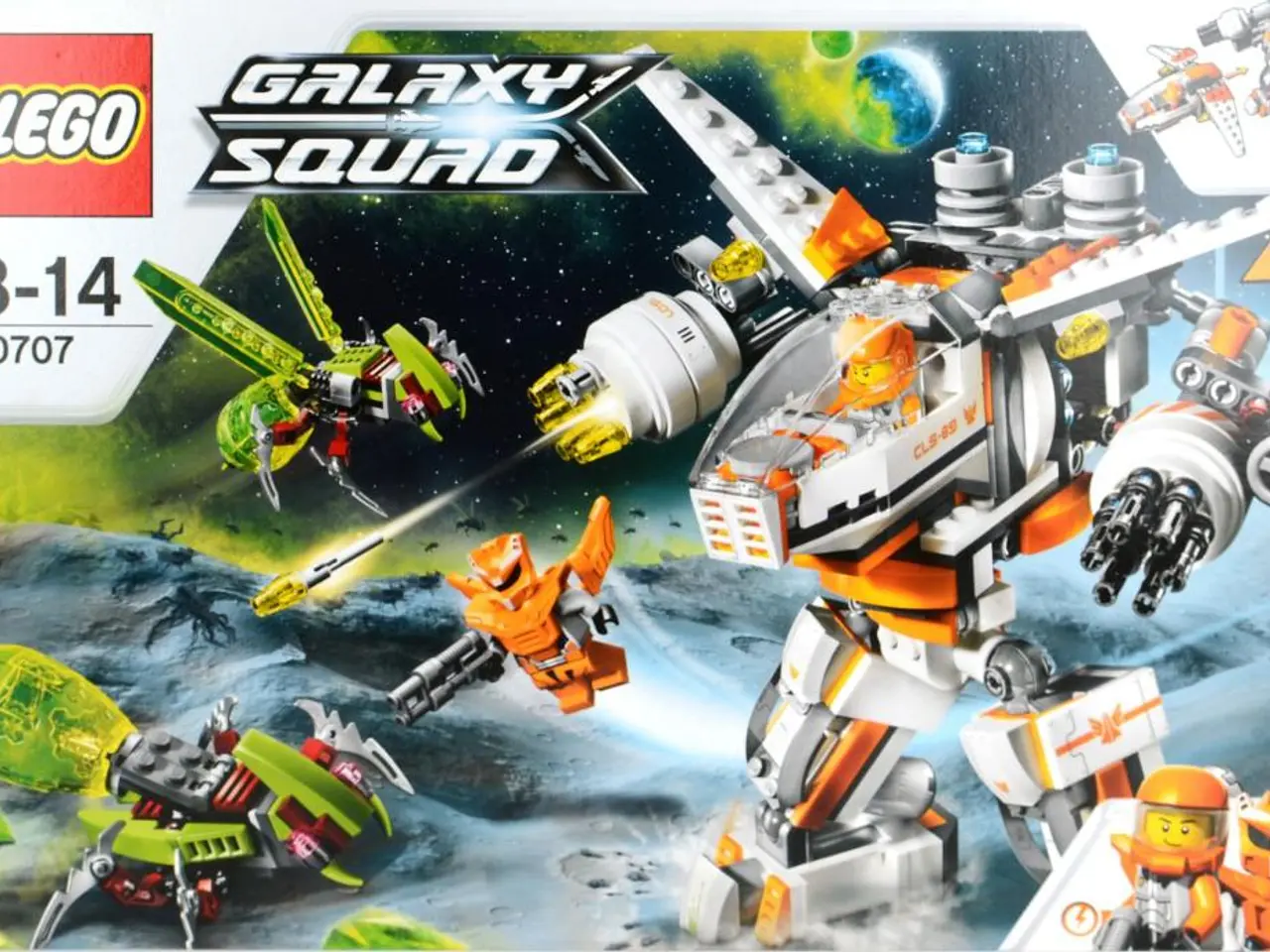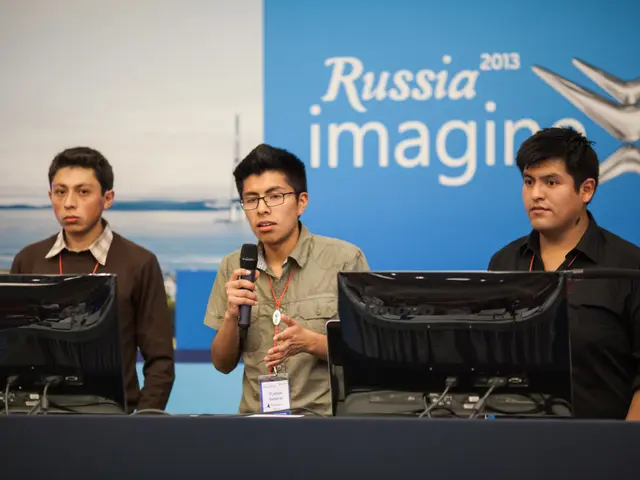Partnering with Google Cloud for Collaborative Agent-to-Agent Interactions
The Agent2Agent (A2A) interoperability protocol, developed by Google Cloud and donated to the Linux Foundation, is facilitating collaboration and communication between AI agents across diverse technologies and organizations. This standardized, secure, and scalable communication framework enables AI agents from different vendors, platforms, and enterprises to seamlessly interact as autonomous peers rather than isolated tools.
Key features and mechanisms that enable this include:
- A Common Language for Agents: A2A acts as a universal communication protocol, allowing AI agents with different architectures and built on different frameworks to communicate, share capabilities, and coordinate complex, multi-agent workflows efficiently.
- Security and Authentication: The protocol incorporates advanced encryption, authentication, and authorization mechanisms to ensure secure data exchange and controlled access between agents, which is critical in enterprise environments that handle sensitive information.
- Modular and Extensible Design: A2A's modular components support customization for industry-specific needs while maintaining interoperability, facilitating easier integration with emerging AI tools and diverse agent ecosystems without sacrificing compatibility.
- Agent Autonomy with Collaboration: Unlike previous siloed approaches, A2A enables agents to retain independent decision-making capabilities and negotiate task requirements collaboratively, supporting more sophisticated workflows and long-running tasks across organizational boundaries.
- Open-Source Ecosystem: By donating A2A to the Linux Foundation, Google has fostered an open-source developer community that promotes interoperability standards and collaborative development, driving broad adoption by over 150 organizations, including notable partners like Zoom, Box, Atlassian, and Salesforce.
- Enterprise-Ready Features: The protocol supports secure agent discovery, multiple communication modalities, real-time monitoring, and integration with agent development frameworks such as Google's Agent Development Kit (ADK), streamlining the creation and deployment of interoperable AI agents at scale.
In practical enterprise scenarios, companies like Tyson Foods and Gordon Food Service use A2A-enabled agents to collaborate on supply chain management, sharing product data and leads in real time, which helps reduce friction and improve operational performance.
The Agent2Agent protocol complements Anthropic's Model Context Protocol (MCP), which focuses on an agent's access to external tools, data, and resources. The protocol also enables dynamic and secure collaboration among AI agents, allowing them to agree on user experience negotiation for rich, context-aware communication, share and track the status of tasks for task management, and exchange messages, context, and artifacts for collaboration.
The Process Reasoning Engine (PRE) is introduced, enabling agents to dynamically plan multi-step workflows and adapt in real-time. The A2A protocol is integrated into the Agentic Process Automation System.
As enterprises automate complex processes, a challenge has emerged: most AI agents operate in isolation. The A2A protocol enables AI agents to communicate and collaborate beyond internal systems, supporting cross-technology and cross-organization AI agent collaboration by breaking down silos across multi-vendor enterprise AI environments.
Read also:
- Unveiling Innovation in Propulsion: A Deep Dive into the Advantages and Obstacles of Magnetic Engines
- Intensified farm machinery emissions posing challenges to China's net-zero targets
- EU Fuel Ban Alerts Mercedes Boss of Potential Crisis
- Nuclear plant revitalized: Artificial intelligence-led demand breathes life into the Great Lakes nuclear facility







